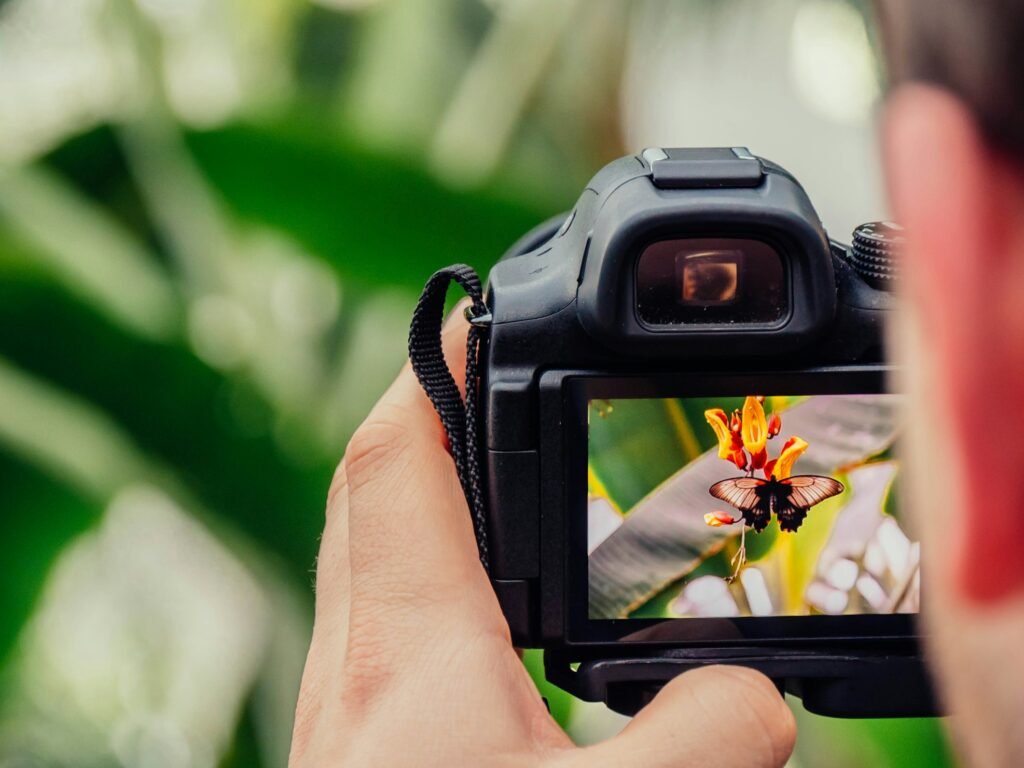Flash photography can transform your images, allowing you to capture stunning shots in low light or create dynamic effects. If you’re using a Minolta XGA, understanding how to effectively use flash will enhance your photography skills. This guide will help you navigate the essentials of flash photography with your Minolta XGA, providing practical tips and techniques to elevate your images.
Understanding Flash Basics
Flash is a crucial tool in photography, providing additional light when natural lighting conditions are insufficient. The Minolta XGA, a versatile camera, offers various settings to control flash output, Flash Photography 101: Using the Minolta XGA you the flexibility to adapt to different situations.
Types of Flash
There are two main types of flash systems:
- Built-in Flash: This is integrated into the camera body and is often less powerful than external options. It’s convenient for casual shooting but may not always provide the best results in challenging lighting conditions.
- External Flash: Also known as a speedlight or flashgun, an external flash can be mounted on the camera’s hot shoe. It typically offers more power, adjustable settings, and the ability to bounce light, which can create more flattering illumination.
Setting Up Your Minolta XGA for Flash
To get started with flash photography, follow these steps to set up your Minolta XGA:
- Attach Your Flash: If you’re using an external flash, secure it to the hot shoe. Ensure it’s properly seated to maintain a good connection.
- Turn on the Flash: Activate the flash unit and set it to the appropriate mode. Many external flashes have several options, including TTL (Through The Lens) for automatic adjustments based on your exposure settings.
- Set Your Camera to Flash Mode: On the Minolta XGA, ensure your camera is in a mode that supports flash photography, such as Aperture Priority or Manual mode.
- Adjust Your Settings: Set your aperture, shutter speed, and ISO according to the scene you want to capture. A lower aperture (f-stop) will allow more light to enter the lens, while a higher ISO will increase the camera’s sensitivity to light.
Tips for Effective Flash Photography
1. Use the Right Distance
The effectiveness of your flash diminishes with distance. For best results, keep your subject within the optimal range of your flash unit. Check your flash’s guide number to understand how far it can effectively illuminate a scene.
2. Bounce Your Flash
If your flash supports it, try bouncing the light off a ceiling or wall instead of firing it directly at your subject. This diffuses the light and softens shadows, creating a more flattering effect. If you’re shooting indoors, aim your flash upwards or towards a neutral-colored wall for natural lighting.
3. Control Your Flash Output
Adjusting the flash output can make a significant difference in your images. If your subject appears overexposed, reduce the flash power. Conversely, if the image is too dark, increase the output. Many external flashes allow you to adjust the power in full stops, so take advantage of this feature.
4. Use Fill Flash
Fill flash is particularly useful in bright sunlight, where harsh shadows can detract from your photo. By using flash as a fill light, you can brighten your subject’s face without blowing out the background. Set your flash to a lower power to achieve a subtle effect.
5. Experiment with Flash Sync Speeds
Flash sync speed determines how fast your camera can take a picture with the flash fired. The Minolta XGA may have a maximum sync speed of around 1/125 to 1/250 second. Adjusting your shutter speed within this range allows for creative effects, like capturing motion while still properly exposing your subject.
6. Practice Off-Camera Flash Techniques
For more advanced photographers, consider using off-camera flash. This technique gives you greater control over the direction and quality of light. You can trigger the flash remotely using a wireless trigger or sync cord. Experiment with different angles to create dramatic lighting effects.
Common Challenges in Flash Photography

Red-Eye Reduction
Red-eye can occur when the flash reflects off the subject’s eyes. To minimize this, use the red-eye reduction feature on your camera or flash, which emits a series of pre-flashes to constrict the subject’s pupils.
Overexposure
A common issue in flash photography is overexposed subjects, especially in close-up shots. Use your camera’s exposure compensation feature to reduce the flash output or adjust your aperture settings to balance the exposure.
Background Exposure
When using flash, the background may appear darker than your subject. This can create an unnatural look. To remedy this, try using a longer exposure without the flash or adjusting the ambient light settings in your environment.
FAQs
1. Can I use the built-in flash on the Minolta XGA for outdoor photography?
Yes, but it’s best for fill flash to reduce shadows on your subjects.
2. How do I prevent red-eye in my flash photos?
Use the red-eye reduction feature or take the photo from a slightly different angle.
3. What shutter speed should I use for flash photography?
Stay within your camera’s sync speed range, usually around 1/125 to 1/250 second.
Conclusion
Flash photography can seem daunting, but with the right techniques, you can master it using your Minolta XGA. Practice these tips, experiment with different settings, and don’t be afraid to try new approaches. Over time, you’ll develop your style and create stunning images that showcase your unique perspective. Whether you’re capturing a family event or shooting in low light, the flash is a powerful tool that can elevate your photography. Happy shooting!

